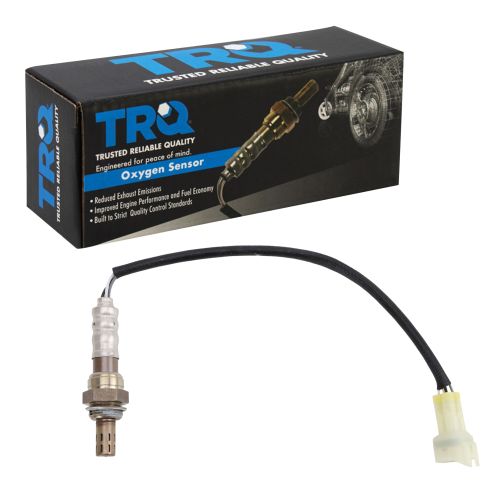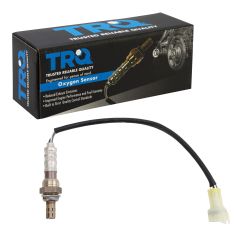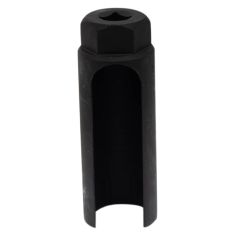1AEOS00130-Suzuki Grand Vitara Sidekick O2 Oxygen Sensor TRQ OSA61256

Replaces
Suzuki Grand Vitara Sidekick O2 Oxygen Sensor TRQ OSA61256

Frequently bought together
Product Reviews
Loading reviews
Customer Q&A
No questions have been asked about this item.










